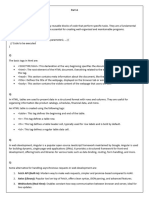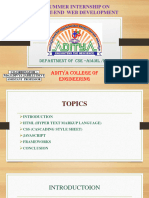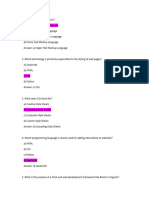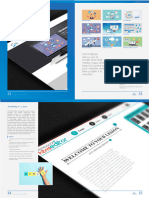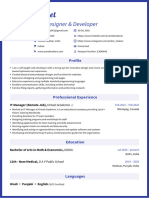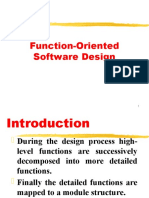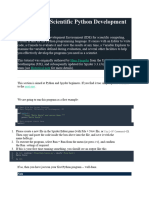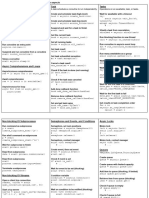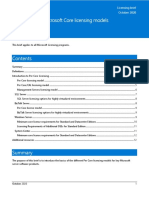0% found this document useful (0 votes)
61 views16 pagesFront End Developer Interview Questions
The document outlines essential front-end developer interview questions, covering key skills such as HTML, CSS, JavaScript, and frameworks. It discusses concepts like user-centered design, REST web services, and rendering processes, along with practical coding techniques and best practices. Additionally, it highlights the differences between various technologies and methodologies in web development, providing a comprehensive guide for interview preparation.
Uploaded by
Ibad UddinCopyright
© © All Rights Reserved
We take content rights seriously. If you suspect this is your content, claim it here.
Available Formats
Download as DOCX, PDF, TXT or read online on Scribd
0% found this document useful (0 votes)
61 views16 pagesFront End Developer Interview Questions
The document outlines essential front-end developer interview questions, covering key skills such as HTML, CSS, JavaScript, and frameworks. It discusses concepts like user-centered design, REST web services, and rendering processes, along with practical coding techniques and best practices. Additionally, it highlights the differences between various technologies and methodologies in web development, providing a comprehensive guide for interview preparation.
Uploaded by
Ibad UddinCopyright
© © All Rights Reserved
We take content rights seriously. If you suspect this is your content, claim it here.
Available Formats
Download as DOCX, PDF, TXT or read online on Scribd
/ 16








